Graphic design has become the linchpin that holds compelling digital experiences together. From visual communication strategies to user-centered web designs, the synergy between aesthetics and functionality shapes how we interact online. Whether you’re building an e-commerce platform, designing a marketing landing page, or revamping a personal portfolio, a Graphic Designer must balance design concepts with code, ensuring an interactive design that meets project objectives. In this blog, we’ll explore why graphic design is pivotal in modern web development, delve into industry practices, and examine how designers can forge a successful career in this evolving field of study.

Understanding Graphic Design
At its core, graphic design is about solving communication problems through visual design. By combining typography in design layouts, shapes, and color schemes, designers deliver meaningful design solutions that resonate with target audiences. This practice hinges on creativity, critical thinking, and mastery of design principles such as balance, contrast, alignment, and hierarchy. Additionally, the field embraces both digital graphics for online platforms and physical outputs like package designs or environmental design in signage.
Overview of Graphic Design Disciplines
Graphic design encompasses a wide array of design programs that cater to various industry segments. Advertising design, for instance, tailors content for promotion and brand recognition, whereas editorial design focuses on magazines, book covers, and publication layouts. Corporate Design extends from logos to stationery, ensuring consistent brand identity across mediums. Meanwhile, user interface designs and interactive design concentrate on digital user experiences, bridging the gap between aesthetics and usability. From visual communication to Art & Design in packaging, each discipline has its own approach and technical requirement.
Key Elements and Principles of Design
Whether you’re creating a brand identity or conceptualizing a new landing page, principles of design guide every choice. They include:
- Balance – Equilibrium between different visual elements, from text blocks to imagery.
- Contrast – Highlighting differences in color, shape, or size for emphasis.
- Hierarchy – Organizing content to show information flow, guiding the user’s eye.
- Alignment – Ensuring elements have coherent structure and order.
- Unity – Maintaining consistency and interconnectedness in all design components.
These principles, supported by professional industry standards, ensure your design solutions remain effective and visually compelling.
The Intersection of Web Design and Graphic Design
Modern web development thrives on a confluence of graphic design and front-end coding. Designers fluent in HTML, CSS, and JavaScript can transform static prototypes into fully functional websites that respect branding guidelines and project objectives. While graphic design supplies color theory, page layout, and typography in design layouts, the web dimension necessitates responsive frameworks and fluid grids. This intersection aligns visual communication with user flows, culminating in a cohesive site that looks stunning across devices.
Importance of User Experience (UX) in Web Design
UX is foundational to the design process, guaranteeing visitors a smooth, intuitive journey. By fusing solid graphic design with structured user experience strategies, websites achieve clarity and accessibility. User interface decisions—like button placement, navigation clarity, and color-coded prompts—foster an impactful result, reducing bounce rates and boosting an increase in sales or user engagement. The guiding principle is that designs must suit human needs, which calls for research, testing, and iteration.

Role of Visual Media in Digital Marketing
Visual media design trends continue to influence the realm of digital marketing. From social media ads to corporate newsletters, the right imagery and color scheme can convey brand identity quickly. Graphic design in marketing also addresses the integration of dynamic visuals such as short videos or animations to keep viewers engaged. The user experience merges with brand storytelling to articulate company values, ultimately driving conversions. Art directors often collaborate with graphic designers to harmonize brand messaging across channels for a consistent, memorable presence.
Specialized Areas in Graphic Design
Visual Identity and Branding
Branding extends beyond a logo or tagline; it involves an entire visual communication system that resonates with target audiences. Skilled designers create brand books detailing color palettes, fonts, patterns, and usage guidelines. Successful branding supports recognition and fosters trust, integral to achieving industry success.
Motion Graphic Design
Motion graphics bring static visuals to life. They appear in promotional videos, digital billboards, and user interface animations. This specialization demands advanced technical skills for rendering, compositing, and storytelling through motion—ideal for social media campaigns and modern interactive websites.
Print vs. Digital Design
Though we live in a digital era, print design still has a place in magazines, brochures, and editorial design. Digital design, on the other hand, focuses on websites, mobile apps, or digital ads. Understanding both realms diversifies a graphic designer’s skill set. The creation of package designs or large-scale banners requires knowledge of printing techniques and color calibration, while digital demands knowledge of user interface designs and device compatibility.
Evaluating Graphic Design Programs
Choosing the right academic path is key to building a solid foundation. Certain institutions, such as Humber College, Durham College, George Brown College, Algonquin College, Fanshawe College, Mohawk College, and Centennial College offer specialized graphic design courses or Multimedia Design and Development diplomas. Prospective Domestic students and international students can weigh options based on Program requirements, the design industry focus, or available co-operative education placements. Many college programs also provide graduate study opportunities for advanced learning or a chance to earn transfer credit if you’ve completed prior coursework.
Course Offerings and Curriculum
An exemplary graphic design program might include:
- GRAF 1015, GRAF 1084, GRAF 1086, GRAF 1095, GRAF 1133, GRAF 2037, GRAF 3017: Introductory to advanced modules exploring fundamental design concepts, communication skills, and industry practices.
- COMM 1000: A core communication course, enhancing presentation abilities and professional writing.
- arts credit or education elective: Broadening creative perspectives beyond design studios.
- pre-admission assessment testing or recommended academic upgrading for those who need to meet minimum requirements and ensure they have the essential skills for advanced design.
Such programs typically span several semesters of programs starting in fall or winter, offering hands-on graphic design projects and specialized tracks like Corporate Design or Communication Design.
Hands-On Experiences and Projects
Practical application of knowledge is vital. Many college courses incorporate hands-on projects or Field Experience, from real-world advertising design campaigns to user interface wireframing. Working in graphic design studios fosters collaborative thinking and encourages creative solutions. Students often present designs to industry professionals acting as art directors or Creative director advisors, simulating real-life critiques. Projects might include editorial design mockups, conceptual branding, or prototypes for a new app layout—ensuring impactful designs that expand each learner’s portfolio.
Technology and Software Requirements
Modern graphic designers rely on industry-standard software like Adobe Creative Cloud—Photoshop, Illustrator, InDesign—for tasks ranging from typography in design layouts to digital illustration. 3D modeling, animation, or specialized web tools expand your repertoire. Meeting software requirements involves hardware considerations, such as a robust laptop or desktop with dedicated graphics. Students in advanced diploma or diploma programs typically gain access to labs equipped with the latest Design Tools, enabling them to build up strong practical skills for the design industry.
Developing Skills for a Graphic Design Career
Beyond software proficiency, a graphic designer must hone:
- Critical thinking: Evaluate project briefs, identify core messages, and solve visual problems effectively.
- Communication skills: Articulate design solutions and rationales clearly to clients or teams.
- User experience: Incorporate interactive design fundamentals to create user-friendly user interface elements and intuitive workflows.
- Technical skills: Understand HTML/CSS or motion design frameworks for multi-platform integration.
- Professional practice: Abide by applicable legislation and maintain brand consistency.
This blend of creativity and practicality forms a strong foundation for a successful career.
Importance of Professional Ethics in Graphic Communication
Adherence to ethical and applicable legislation guidelines is integral to maintaining credibility in the graphic design industry. Potential issues—like copyright infringement, data privacy, or misrepresentation—require designers to remain vigilant. Many join a professional association, adopting codes of conduct that elevate the field’s standards. By working ethically, you help ensure trust, brand integrity, and consumer respect.
Staying Abreast of Industry Trends
Visual media design trends evolve rapidly, driven by changes in technology, consumer preferences, and cultural shifts. Platforms like Behance, Dribbble, or chat agents in design communities help you gauge emerging styles, from minimalism to AR/VR integration. Engaging with the School of Design resources at your college, attending conferences, or subscribing to industry publications fosters continuous learning—a must for both entry-level and seasoned designers.
Building a Portfolio
In the graphic design industry, a strong portfolio often surpasses formal credentials. Portfolios reflect your design versatility, conceptual depth, and ability to meet project objectives effectively. Each piece should reveal a unique creative process, from initial brainstorming to final output. Prioritize quality over quantity; art directors or design firms appreciate curated samples that demonstrate your range and problem-solving acumen. A balanced portfolio spans editorial design, brand identity, packaging, and interactive design prototypes, revealing your capacity to deliver effective design solutions.
Showcasing Real-World Projects
Real-world or near-real projects show how you handle budget constraints, stakeholder feedback, and iterative design. Such experiences might originate from co-operative education or field experience modules, freelance gigs, or personal passion initiatives. Presenting them effectively, detailing project objectives and industry practices used, helps potential employers or clients grasp your capacity for visual communication. Incorporate technical details—like color codes, typography in design layouts, or user flow charts—demonstrating your readiness for professional roles in a design firm or as a junior designer.
Tips for Presenting Your Work Effectively
When discussing your portfolio with industry professional or prospective clients:
- Contextualize: Describe the project objectives, target audience, and any constraints.
- Process: Highlight your creative process, from concept sketches to final iteration.
- Clarity: Present your designs in high resolution and use simplified text.
- Confidence: Practice a concise pitch focusing on critical thinking and solutions you provided.
- Feedback: Show willingness to incorporate input, demonstrating readiness for collaborative endeavors.
Navigating a Career in Graphic Design
Whether you aim to become a Creative director, art director, or a specialized packaging designer, the graphic design journey is fluid. Start as a junior designer, hone your craft, and follow a path tailored to your career goals. Some remain freelancers for flexibility; others join agencies or graphic design studios for stability and a robust client roster. Along the way, you might consider advanced credentials via graduate study opportunities or delve deeper into specialized fields like environmental design or multimedia.
Networking and Collaborative Opportunities
Forging relationships in the creative industry can propel your career. Engaging in design meetups, hackathons, or local chapters of a professional association—like the RGD (Association of Registered Graphic Designers)—broadens your exposure to industry trends and fosters synergy. Collaboration with design professional outside your direct circle can yield fresh perspectives, sparking breakthroughs in style or approach. Meanwhile, connecting with fellow students or mature student peers can lead to shared creative project ventures.
Continuous Learning and Professional Development
From new design tools to updated industry practices, the graphic design field demands constant adaptation. Undertaking professional development workshops, e-courses, or specialized academic programs like a advanced diploma program or short courses from Humber Polytechnic keeps your skill set sharp. Many design roles require ongoing experimentation, so a willingness to embrace new software or trends fosters an environment of growth. Online learning platforms offer additional resources and modules on specialized skills like user interface prototyping or advanced animation.
Why Choose Central College for Graphic Design Courses?
Central College, Mississauga stands out for its comprehensive graphic design program that addresses the full design process—from conceptual thinking to advanced interactive design. The program accommodates both Domestic applicants and international students, providing a solid foundation in typography in design layouts, brand identity, and digital graphics. Admission requirements include an Ontario Secondary School Diploma or equivalent, and potential academic upgrading for a mature applicant. Through dedicated college support, including student services and flexible scheduling, you gain hands-on experience working on graphic design projects aligned with industry standards. Students earn credits toward either a diploma or advanced diploma program, with Program requirements encompassing practical skills labs, critique sessions, and a final capstone that fosters real-world synergy. The college fosters a strong foundation in critical thinking and communication skills, ensuring graduates can tackle diverse design industry roles, from junior designer to art directors. Whether you’re seeking transfer credit as a college transfer applicant or meeting Post-Admission Requirements for a specialized track, Central College’s robust curriculum nurtures the essential skills needed to thrive in the graphic design industry.

Conclusion:
As the design industry advances, graphic design remains integral for bridging brand messaging with interactive, user-friendly platforms. From evolving visual design software to new mediums like AR and VR, designers who embrace critical thinking and technical innovation stay poised for successful career trajectories. Meanwhile, consumers increasingly demand impactful designs that are ethically grounded and user-centered. By combining a strong foundation in principles of design with the flexibility to learn fresh techniques, today’s students can produce effective design solutions that resonate with global audiences, shaping tomorrow’s digital experiences one creative project at a time.
